News item: Duluth's Harley-Davidson Sport Center Announces Closure
This is happening all over the country. Long-time HD dealers have been closing. Reasons, in random order:
- For the past few years these bikes, related trinkets, gear, and accessories have not sold well enough.
- Todays Harleys need comparatively little service work because A) they became very well-engineered and well-assembled more than twenty years ago, and B) on average they are not being ridden so many miles per bike per year.
- Speculation: HD franchise agreements were updated when times were good and those contractual commitments required dealers to build architecturally expensive buildings which required big mortgages.
- Speculation: A few dealers may now be ‘upside down’ deeply enough to be simply leaving the keys to their business at their bank and walking away, just as more than a few upside-down homeowners did after the sudden collapse of the subprime mortgage market back in 2008. Ironically, part of Harley’s sales boom during the 2000’s were motorcycle purchases juiced by increased amounts of discretionary spending money coming directly from oversized subprime home loans.
If anyone ever wanted to own and operate a Harley store, today they could probably buy more than one at very attractive prices. The only problem would be figuring out how to sell all those excellent but less currently mainstream-fashionable bikes. I have no idea how anyone might do that.
With our local Harley dealer gone (after over seventy years!), Duluth and adjacent Superior have only one franchised motorcycle store, RJ Sport and Cycle. They sell Hondas, Yamahas, boats, outboard motors, ATV’s, side-by-sides, snowmobiles and much more. I went there a few weeks ago to purchase a small item and noted they had far more boats, outboard motors and side-by-side ATV’s on display than motorcycles. For better or worse, Harley stores don’t have that option. (Local Suzuki and Kawasaki dealerships left years ago. Our SMSA* ‘trade area’ is somewhere around 250,000.)
Separately, a new and seemingly important scientific study was published in November which found:
“...Our data comes from a national survey with a representative sample (n = 2,155) of U.S. adults living in urban and suburban areas. Using descriptive statistics and multivariate regression models, we find that there is a threshold effect of car dependence on life satisfaction. Our results show that beyond a certain point, increases in car dependence yield a decrease in people’s satisfaction with life.** For instance, we find that, in a typical week, relying on a car for more than 50 percent of the time for out-of-home activities is associated with a decrease in life satisfaction.” – Arizona State University, Department of Economics and Urban Planning***
This result might be difficult for many Americans to accept, much less influence anyone’s future mobility choices. (Duh…) But this ASU finding directly supports what I’ve been thinking, writing and blathering about for years. It is the first statistical research-based evidence on the subject I’ve ever seen. Hopefully, it will eventually become part of an increased public health awareness providing at least one solid reason to justify using a bike more frequently as utility transportation. But for now, this study seems a lot more like those very early 1950’s cancer studies which showed smoking was harmful. Almost nobody believed them, and tremendous money and power was expended attempting to discredit them. Yet maybe just like the medical research damning tobacco use, at some point this study about the negative effects of overuse of automobiles might become important enough for governments to create incentives to encourage more riding. After all, some of the most socially cohesive and pleasant societies on the planet (examples include Japan, most SE Asia countries, etc.) are places where high-ish percentages of citizens have chosen to employ bicycles and small motorcycles as daily transportation. Usually this happens for direct financial and space reasons, not because riding: “(increases) people’s satisfaction with life.” But regardless of reasons, there are a lot more utility riders in those parts of the world than there are here in America.
Don’t get me wrong,…I love cars and light trucks and am very fortunate to own a reasonably nice older example of each which I enjoy using and taking care of. But I still find it easy to appreciate how our pervasively wide societal adoption of well-sealed private vehicles, along with a seeming infinity of computer and phone screens, have combined to effectively and increasingly isolate people from one another by allowing so many to descend into little personal silos of steel, glass, aluminum, plastic and silicon. As a direct result of such experiences more of us have become overly fearful of nearly everyone and everything existing outside of those silos.
About fifteen years ago, just as China was beginning to become materially modern and rich, the municipal governments of several or their huge cities started banning motorcycles and encouraging the use of private automobiles. There are many reasons (comfort, efficiency, convenience, safety, etc) why cars are an easy aspirational sell, but the shift away from small bikes in Chinese cities was ironic and dumb because it removed by authoritarian decree one of the cornerstone ingredients of China’s modern-era development success: A calm and highly co-operative working population, which, for more than a generation, had gotten themselves from A to B every day either by pedaling a bicycle or riding a small motorcycle. Those two elements, daily riding and a relatively satisfied population, are, in my imagination, closely linked.
At Aerostich we will continue to advance our product and marketing efforts in ways which occasionally include that idea. But nothing we do here will likely ever leak into broad public awareness strongly enough to make a difference in the lives of most Americans, or noticeably influence future sales of those great Harleys. Regardless of all that, this ASU study seems a faint ray of light, and we’ll give it everything we can.
Separately, here is one positive number: Every year the total number of registered motorcycles increases a bit, which directly increases the average age of the average registered motorcycle. It’s now over eight million and the average bike’s age is now around twenty years. When this kind of fleet age creep happens with automobiles, surrounding factors eventually trigger a boom in sales because all those worn-out cars finally became uneconomical to repair and keep road worthy. For U.S. motorcycle shops and rider’s gear businesses like Aerostich, something like that can’t come soon enough.
Mr. Subjective, Dec 17, 2024
PS - If you have read this far, and Lane Splitting and Filtering is not yet legal in your state, please watch this one-hour video about how to get it done where you live. Lane splitting and filtering is normal traffic practice in nearly every country world-wide partly because it greatly increases road safety for riders. You start legalization by finding a professional lobbyist working in your state’s legislature who also rides. All state lobbyists are required to register, and someone in your state capital keeps a list of all these lobbyists which is publicly available by law. Use that list to find the right moto-lobbyist. This is where changing restrictive state laws begins. Lane Splitting is now legal is six states. Your state can be next.
PPS – When it comes to the potential for significantly increasing the number of utility and transportation riders in America, there’s a herd of elephants in the room. The largest is our deeply embedded human trait of wanting to belong to a group and needing to fit in and be accepted by one’s tribe. We became a successful and dominant species specifically by learning how to trust and co-operate with each other to increase our individual chances of survival. Going outside of today’s mainstream personal mobility behavior by spending less time driving and more time riding can in some situations be a powerfully ostracizing repudiation of this most deeply embedded instinct: To belong. The next largest elephant is the increased physical risk of riding. Riders are far more vulnerable to injury or death than any driver, and as transportation technology continually advances and roads and autos become ever safer, deceptively riding seems ever more dangerous. A third elephant? Physical discomfort. Rain, cold, heat, dust, etc. A fourth pachyderm is riding’s inherent logistical and physical complexities. Compared to using an auto it simply takes more time to acquire the skills of assembling and using all the necessary riders gear, developing fluency managing a single-track vehicle, and carrying small items securely. No free lunches at this table, but the longer one lives the more obvious it becomes that the greater the effort one puts into something, the more benefit they get out of it. Lastly, lurking in the background there’s always stuff like this to think about: https://www.nytimes.com/2025/01/10/opinion/la-fires-los-angeles-wildfires.html Fortunately, we are a reasonably resourceful and adaptive species, and I’m very grateful to still able to ride toward that faint ray of light.
*Standard Metropolitan Statistical Area (A term used by the Census Bureau, Department of Commerce, etc.)
**The red lettering was colored by me.
***School of Geographical Sciences and Urban Planning, Arizona State University, United States, Department of Economics, W. P. Carey School of Business, Arizona State University, United States, Authors: Rababe Saadaoui, Deborah Salon, Huê-Tâm Jamme, Nicole Corcoran, Jordyn Hitzeman - Received 18 May 2024, Revised 4 October 2024, Accepted 8 November 2024, Available online 19 November 2024, Version of Record 19 November 2024. https://www.sciencedirect.com/science/article/abs/pii/S2214367X24002175




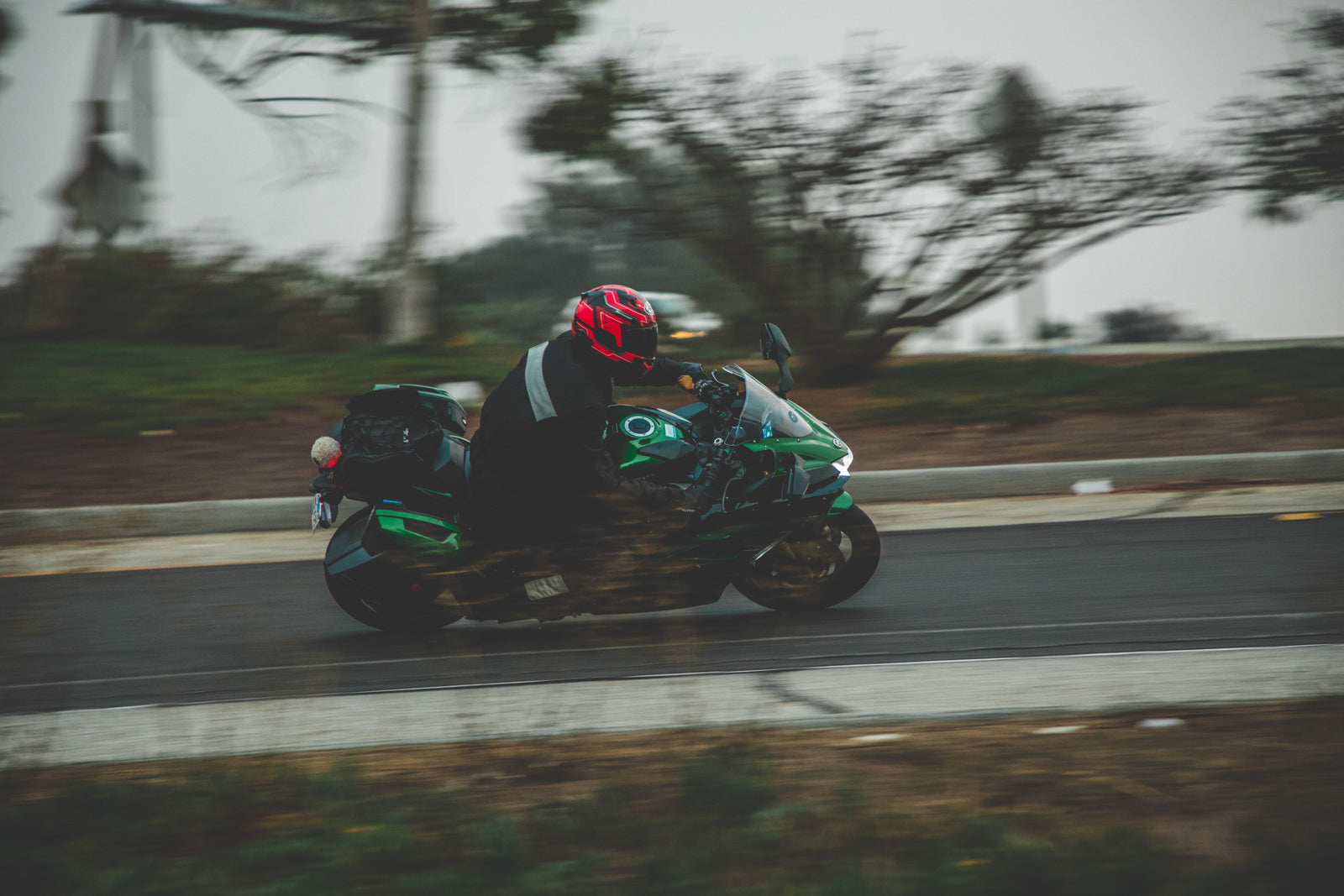
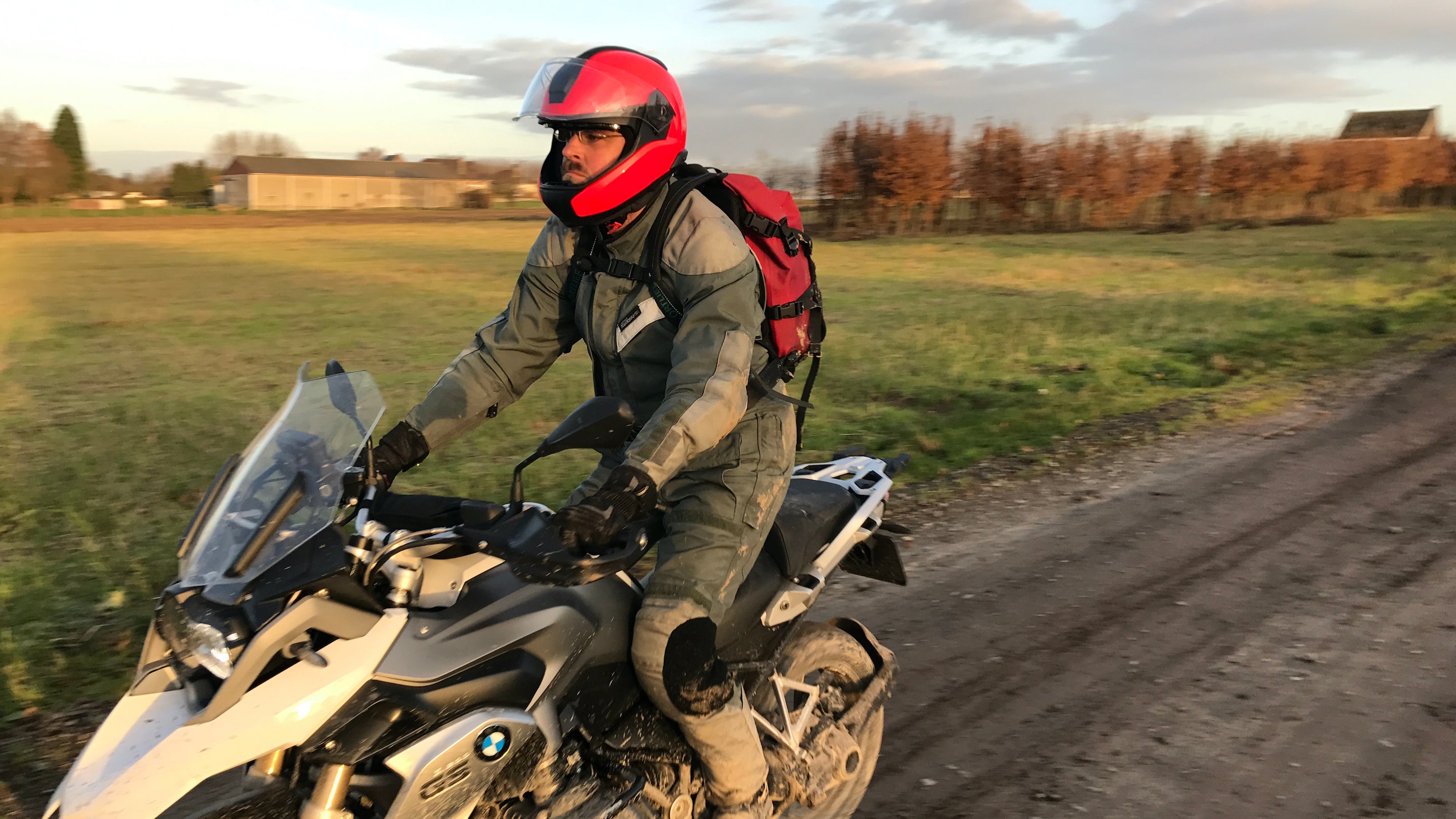
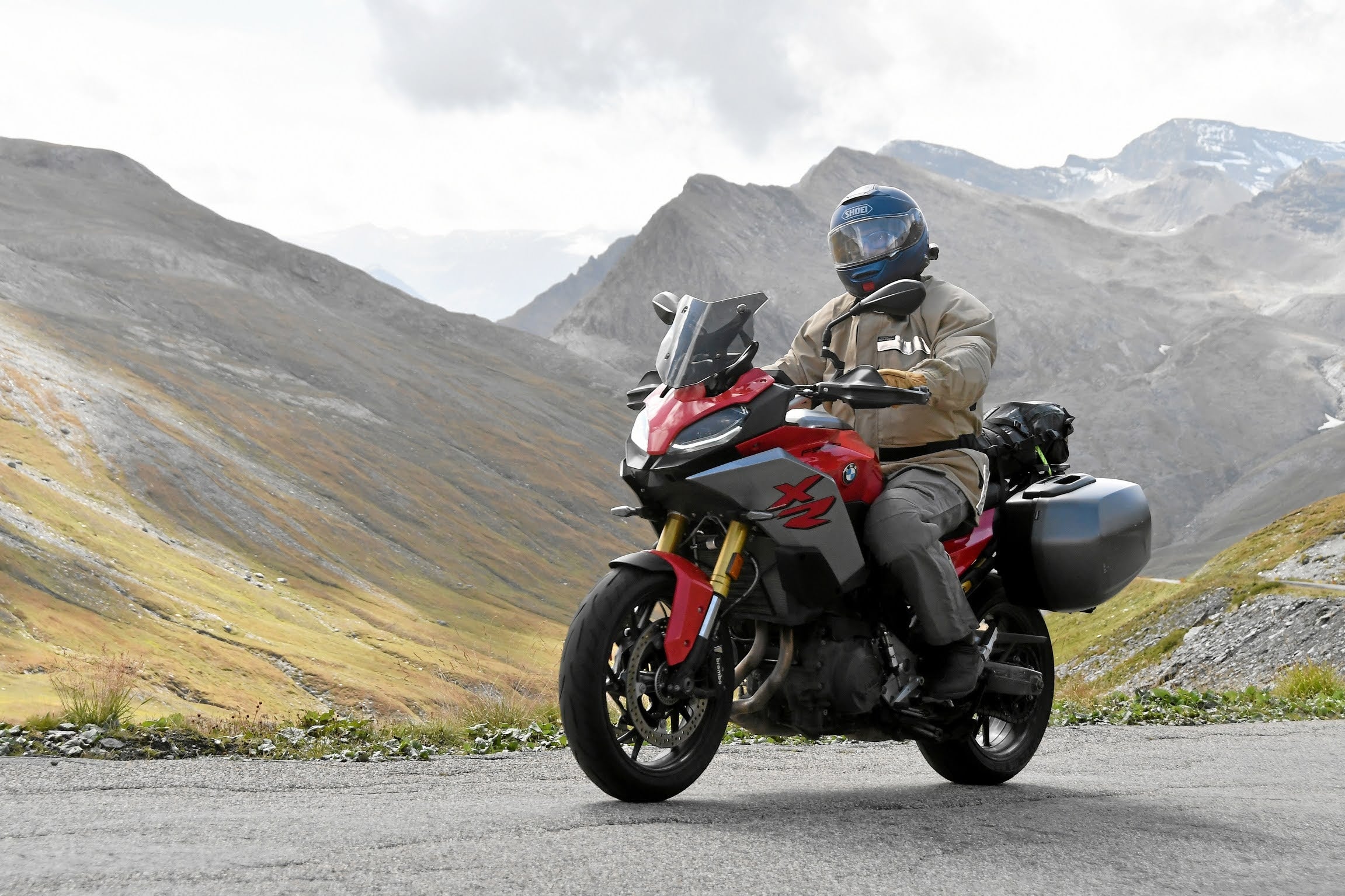
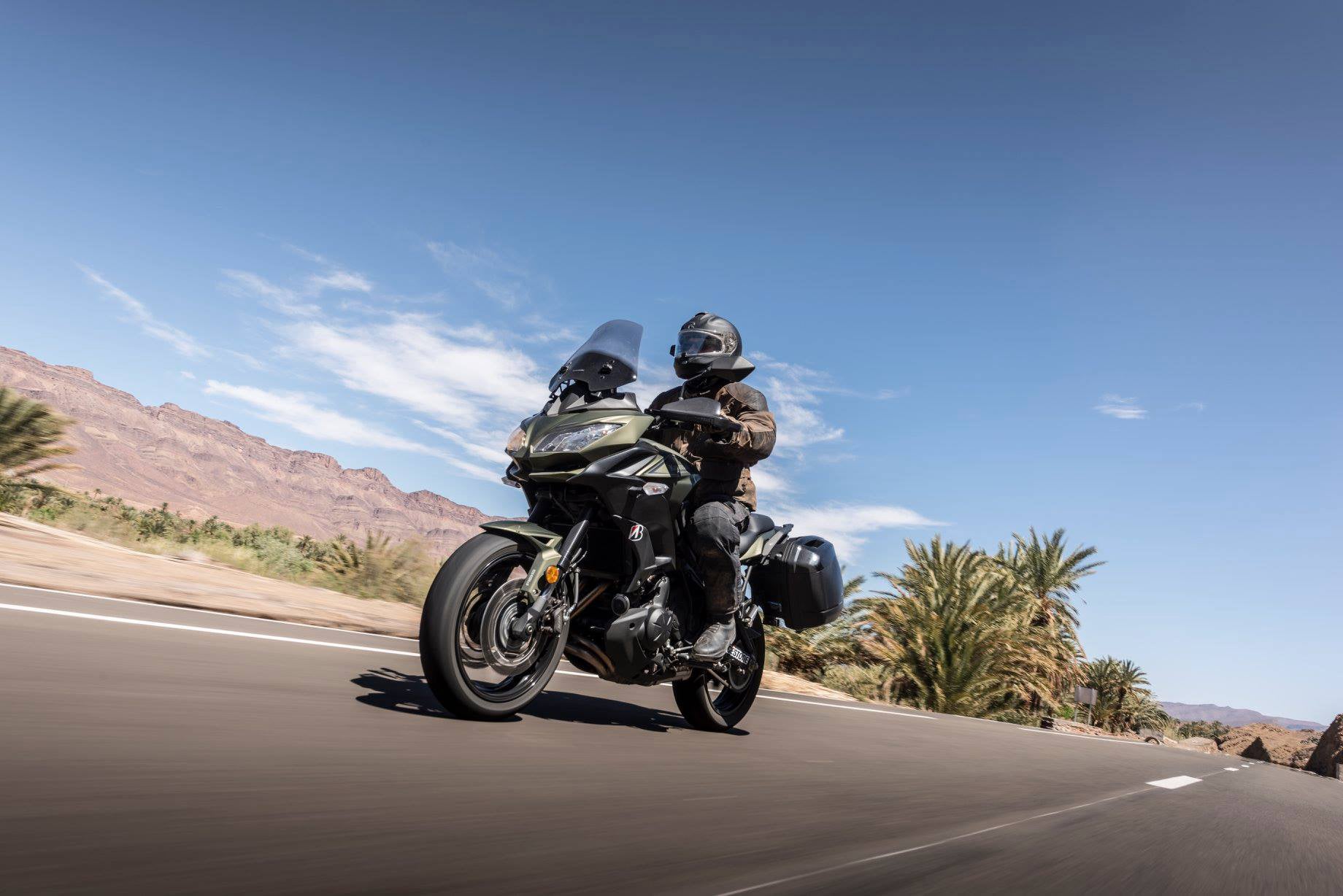
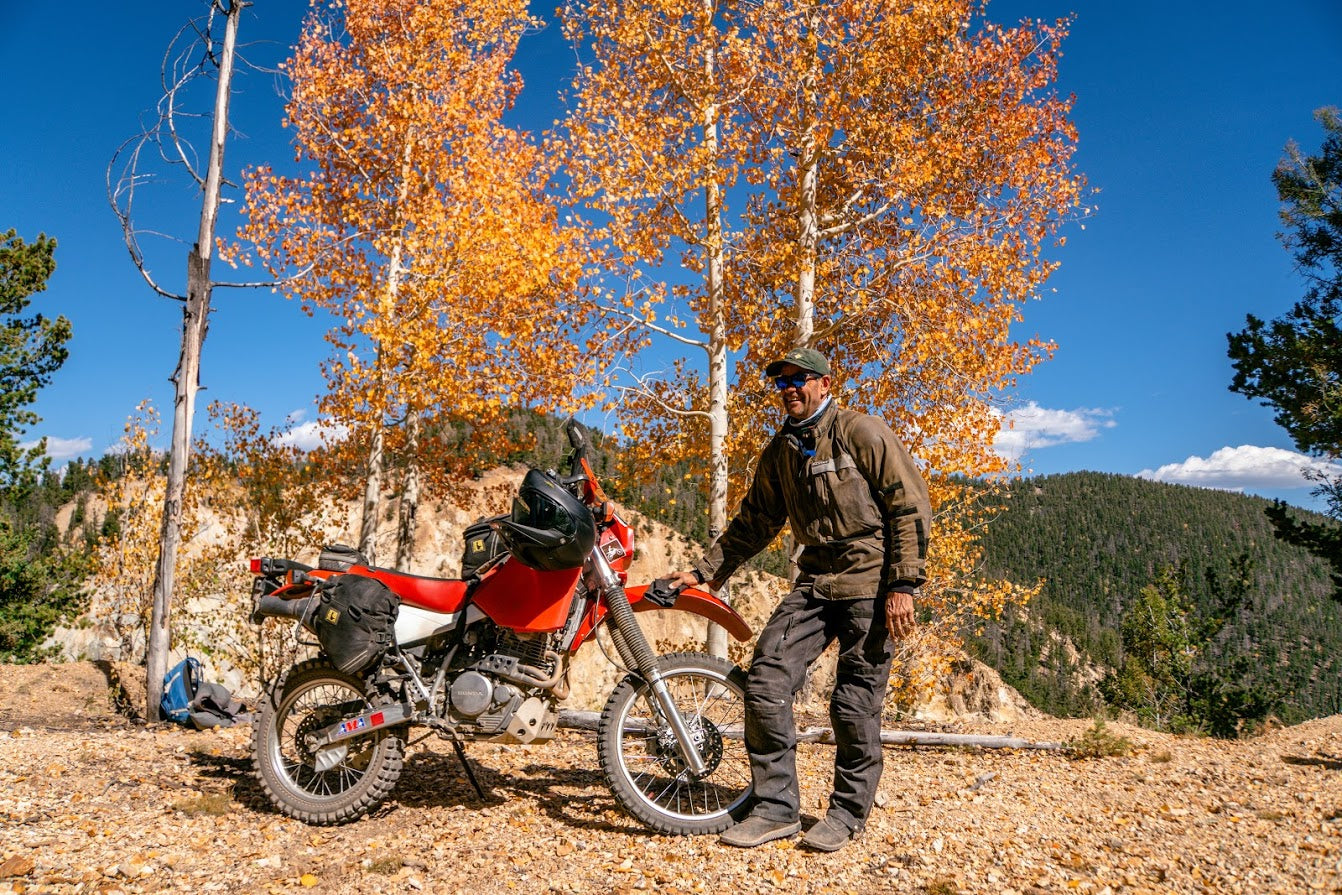
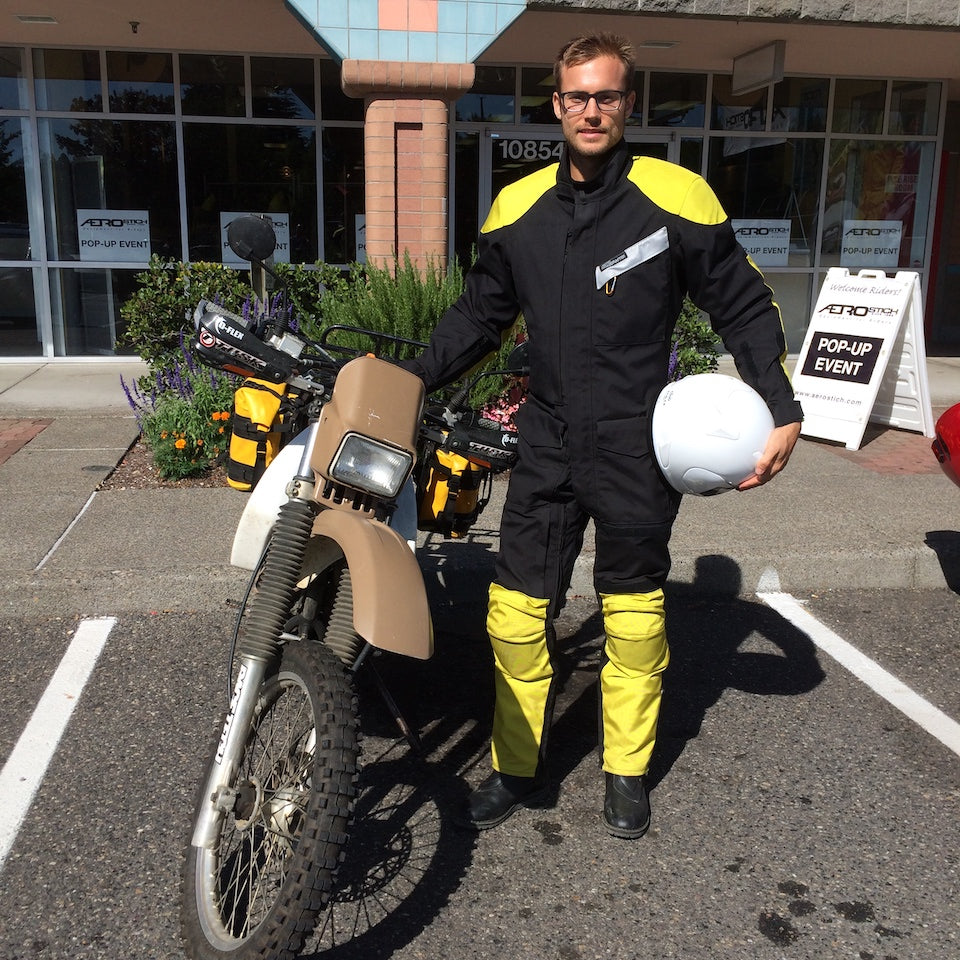




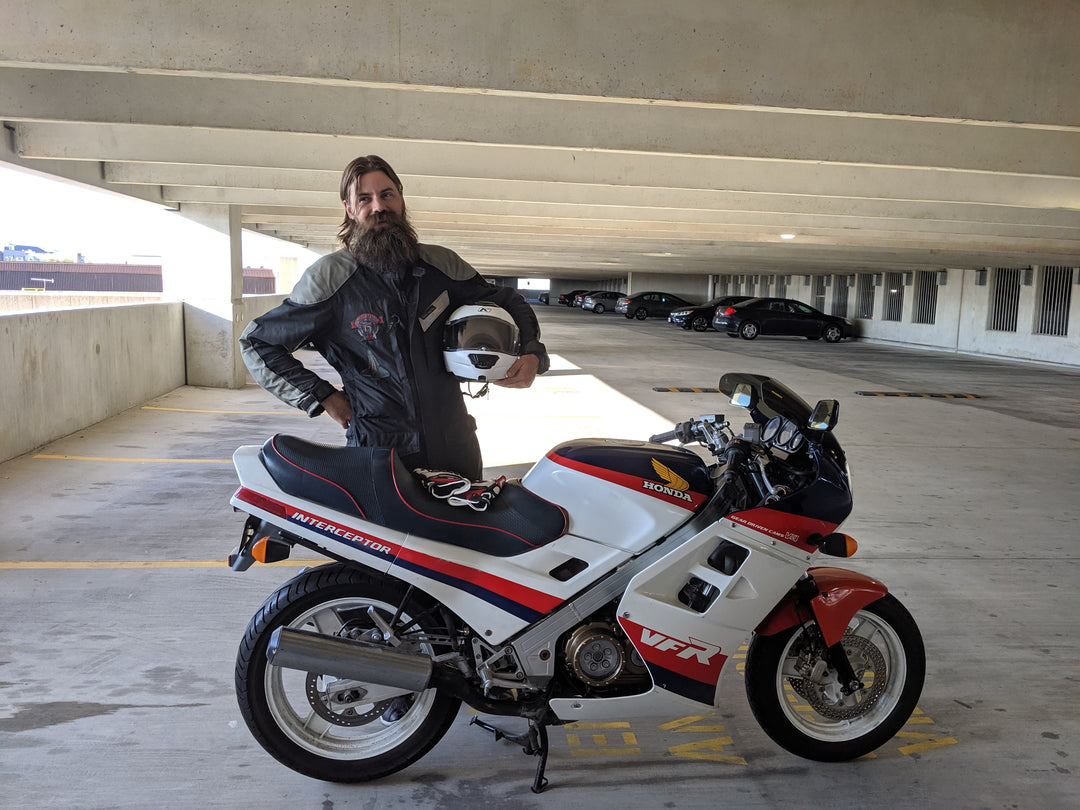
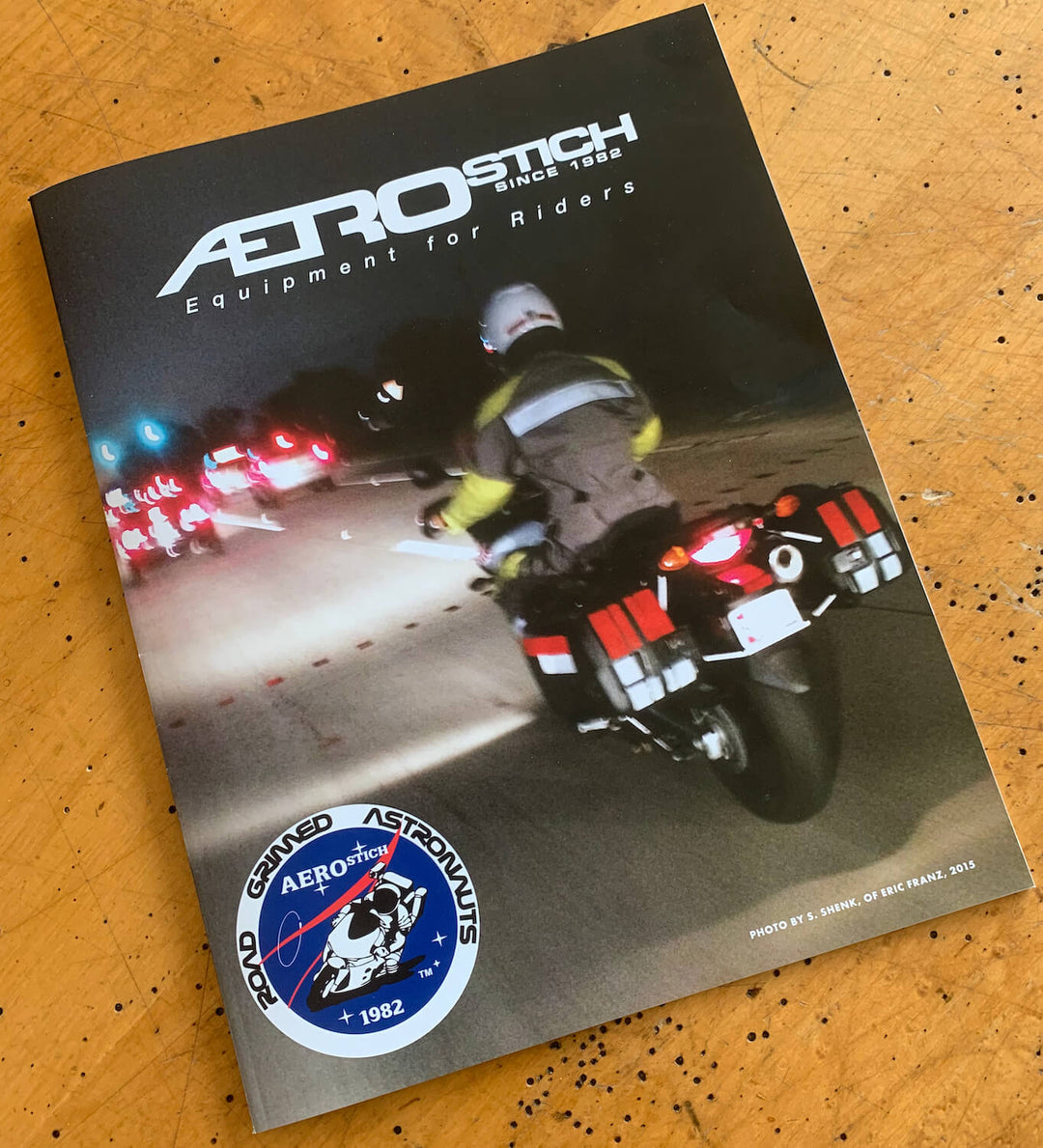
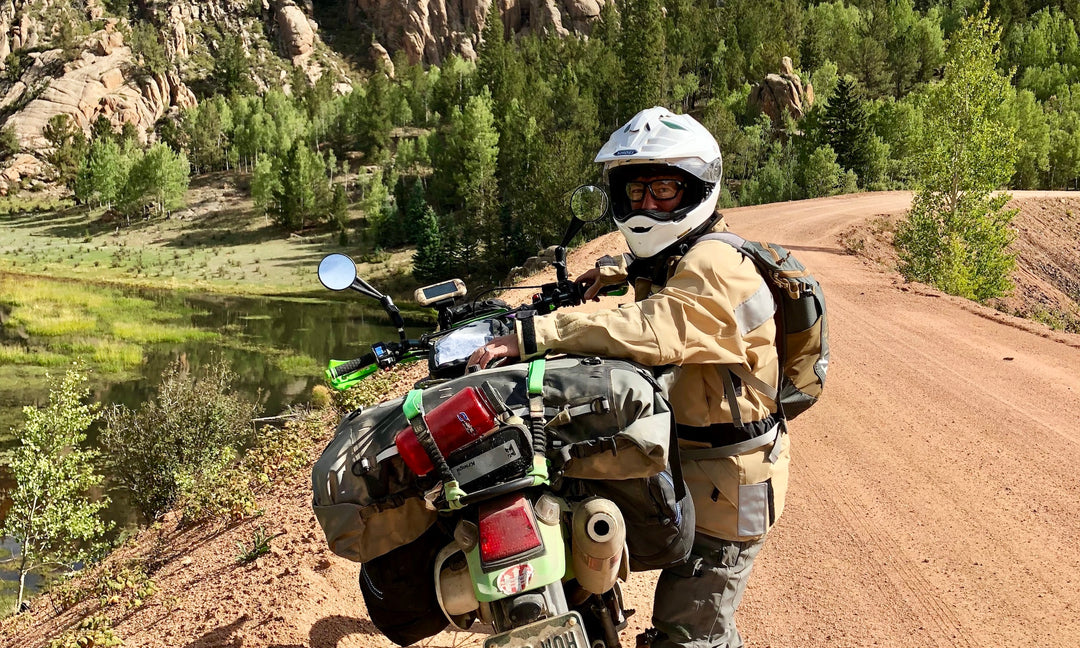
Thanks Mr.Subjective (Andy) really enjoy your products, and very happy to buy made in the USA. I am in SoCal, and the same thing has been happening here. The small town GM dealers seemed to be some of the first to go, because corporate wanted nice new modern stores, I think that’s just the way it is now about branding an image. At one time in the early days I had heard stories of Honda Motorcycles being sold out of Hardware stores. As Robert Zimmerman said for the “For the times they are changing” . In the Mid 1950’s Harley had lots of bikes to sell to meet almost everyone’s needs from small two strokes to big twins. They had a really long comercial https://www.youtube.com/watch?v=5EuKaRHMzU0&t=293s. They kinda of had the " You meet the nicest people on a Honda" ten years ahead of Honda. Maybe it was timing reliability issues or because the the movie the “Wild One” was only a few years old. What I am seeing now reminds me of the mid 1960s and the small bore bikes Honda 50cc and others, This time it’s with e-bikes, lots them are riding with traffic at 35-45 MPH. wonder if they well become a gateway vehicle to motorcycles? – The scary thing is people with four wheels have a hard time judging their speed and pull out in front of them because they think they are only going 12-15 MPH like a pedal bike. Thanks for reading and thanks again Andy.
Sadly being a motorcyclist seems to require certain skills that may not be as prevalent as they once were. Basic mechanical acts such as adjusting a chain, bleeding brakes, changing fluids and filters would cost how much if you took it to the local dealer, no Jiffy Lube for motorcycles. Then there are tires, a set installed for you will cost about the same as getting all four done on a car, while you wait, and likely to last 4 times as long. Having a bike is a wonderful pleasure in life but very few are ever going to choose having only a bike. I just bought another one, I think that brings me to 99, from 3 to 200 hp and everything in between.
The wife and I have been riding for many years. We own Streetbikes, Dirtbikes, and Scooters. I was commuting on a 50cc Yamaha Zuma on a 36 mile round trip working a second shift job. Coming home at 11:00pm through downtown Akron Ohio with all of the other 2nd shifters was always challenging. This caused me to move up to the 125 Zuma which made this commute a race. The fun level peaked as I could out maneuver everyone else through town with the extra couple of horsepower. We use the scooters for errands. Grocery shopping, Hardware store, Carry out, etc. Major fun, we are always smiling, racing each other everywhere. The big bonus here is the cost to operate. Everything is affordable. Insurance, Fuel, Tires…..
Spot On! I greatly agree with your ramblings.
“Not all that wander are lost.”
I ride a Honda Ruckus around town for errands in the summer months. I never have a problem finding a place to park as it fits everywhere. Plus, the 110 mpg is a nice change from my gas-guzzling truck! I enjoy the fresh air, sounds and smells. I see more scooters and e-bikes these days, which is great.
I take that ASU study with a grain of salt. There is a socialistic push for “15-minute” cities, which they’ll use studies like that one to support. It is wonderful to live someplace where one can walk or ride a bike for everything (as I do), but those communities should be created organically rather than forced by the incompetent fist of government. I prefer the freedom to ride a motorcycle rather than be told what to do.
Great post!
Leave a comment